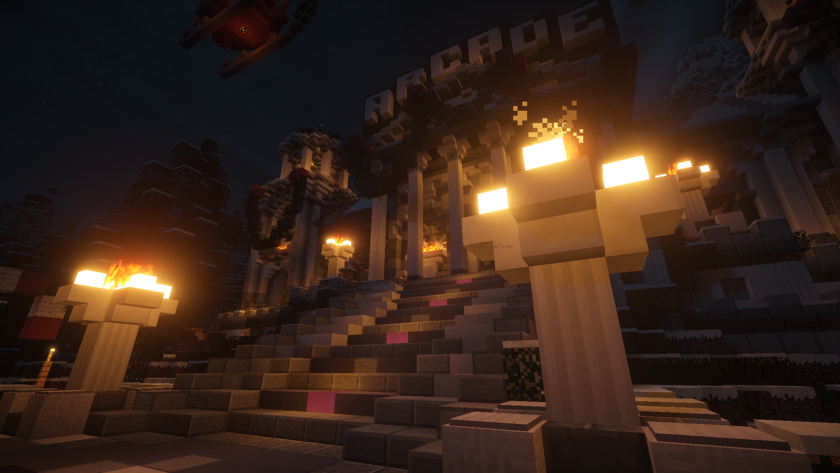Digital storytelling and games seemed pretty uncontroversial before we started talking about them in this class! For storytelling, we talked about whether writing about history can be done in a story format, much less a story where historical fact is entwined with pure fiction. I tend to think that a story is an excellent way to get across historical facts. But even so, I can see how misconceptions could creep in that may be necessary to tell the story, but are not actual facts, which the reader may come away thinking they are. Also, many stories are told from the viewpoint of a modern person even if the character and facts are historical, which puts modern thoughts and motives into a character that probably thought and lived very differently in real life.
The same goes for video games which are essentially stories. Many draw on historical facts but they may be mixed together, mashed up and changed to suit the game. The essential question is what is the purpose of the game or story: to teach facts or to be entertaining? Is it enough that games and stories may make people interested enough in history that they go learn about it on their own? Enticing people with “history candy” as Dr. Otis said. But then, those that get wrong ideas in games and stories may not go look up the real truth and may have false ideas about the past, which is probably not good for society as a whole. Instead of educators trying to compete with video games, it may be good to use them as a tool for further teaching.
Krijn H.J. Boom, et al, point out that game players generally trust that the creators of games are presenting factual and unbiased histories. Also, presentism, or applying today’s standards to the past, can cause wrong ideas about historical events and motives. In light of this they argue that game playing for educational purposes needs to be followed with discussion and teaching so students recognize and analyze what they have learned in the game.
Boom, Krijn H.J., Csilla E. Ariese, Bram van den Hout, Angus A.A. Mol, and Aris Politopoulos. “Teaching through Play: Using Video Games as a Platform to Teach about the Past.” In Communicating the Past in the Digital Age: Proceedings of the International Conference on Digital Methods in Teaching and Learning in Archaeology (12th-13th October 2018), edited by Sebastian Hageneuer, 27–44. Ubiquity Press, 2020. http://www.jstor.org/stable/j.ctv11cvx4t.8.
This week we used the program Twine, which is a lot of fun and could have a lot of different uses. Our class group made a game and I’m sure we have all done an online safety training that has this format too. Twine is a type of non-linear storytelling where your choices will direct the outcomes and they don’t follow a direct path. You can go backward and sideways whereas with linear storytelling, you progress on a straight line through time or story-line.





I love your website! I don’t think I’ve looked at it before. Don’t know why. Maybe because you post so early I don’t even see it!
I like learning history through fiction. But I think fiction writers have an obligation to be true to the facts, or say where they have deviated. Some authors have an afterward that explains where they have strayed. If it is a period piece but you don’t have actual historical characters I suppose it is easier…. I think historical fiction does bring people to be interested in history. That quite frankly is how I started studying history after a long career as a lawyer.
On the other hand, I don’t think games make people interested in learning more history. Maybe I’m wrong!